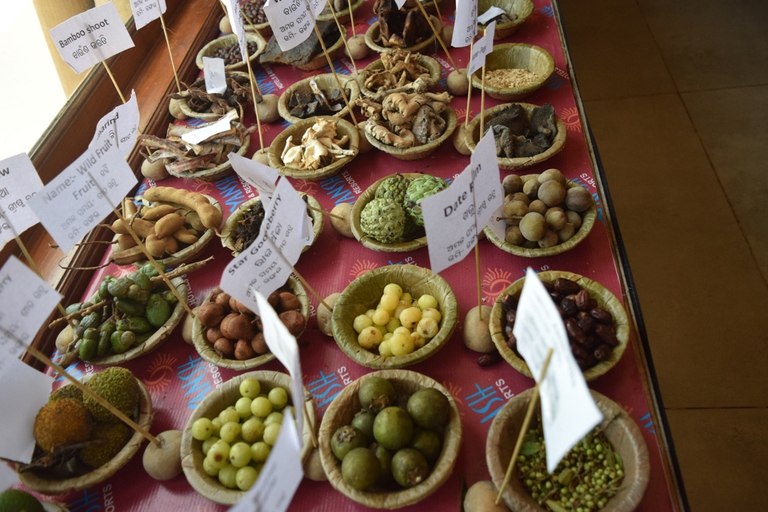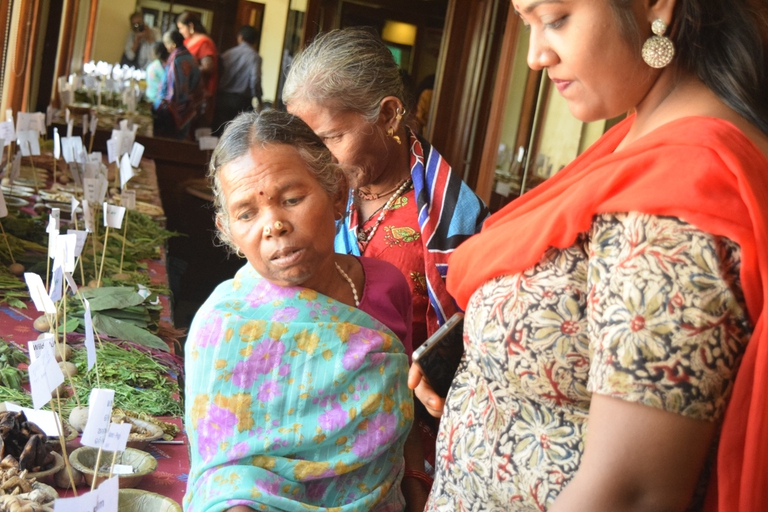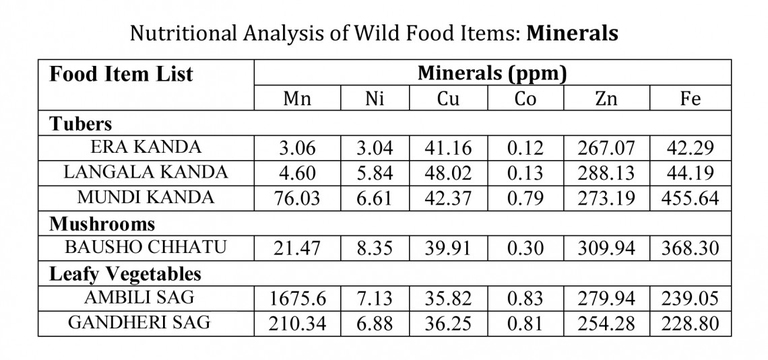
The Amazon became an alternative classroom during the pandemic. Now, the educational forest in Batraja, Bolivia, lives on to teach children and adults the value of nature.
India’s indigenous Kondh community has relied on forest food for millennia. As climate change reduces agricultural yields, this source of nutrition could be crucial for food security.
As agriculture and climate change are victims and causes of each other, with effects such as drought affecting land productivity, reaching the United Nations’ Sustainable Development Goals which include achieving global food security and ending hunger by 2030 has become even more challenging. In view of this, forests can play a crucial role as the basis of a sustainable food system – as has been the norm in the Kondh community, an indigenous group spread across the forests and hilly regions of the south of India’s Odisha state, for millennia.
Read more: India, how indigenous farmers are developing climate resilient agriculture
The forest is central to the life, culture and food system of the Kondhs. “It’s our god, our mother who takes care of us and fulfils all our needs. Had there been no forest we wouldn’t have existed,” Nanda Mambalaka, a Kondh woman from Tada village in Rayagada district explains.
“For these people trees, food in the wild, flora and fauna make the forest an eco-socio-cultural universe that sustains life and meaning,” says Debjeet Sarangi of Living Farms, a non-profit engaged with tribal communities to promote ecological agriculture as the foundation of food security and sovereignty.
Read more: India, tribal women are leading the conversion to organic agriculture
“Except for the staple crops like millets and rice, the rest of our food comes from the forest throughout the year,” Lachhna Paleka of Leling Padar village in Rayagada points out. In such forest dependent communities, “between 12 and 24 per cent of cooked food is comprised of food harvested in the wild. This doesn’t include fruits and berries that are eaten raw”: these are the findings of a study conducted by Living Farms in collaboration with a team of scientists from the Basudha Biotechnology Laboratory for Conservation.
“It’s an uninterrupted food supply because wild food species are more resilient to climatic vagaries than any cultivated crop,” says ecologist and lead scientist of the study, Doctor Debal Deb. “During my 50-year lifetime, we’ve never experienced a situation of acute food scarcity. When a crop is damaged, the forest is there to feed us,” Landi Sikoka of Khalpadar village explains.
Read more: India, conserving rainwater in subsurface soil to fight water scarcity
So in the face of climate change, forests provide nutritional security to the Kondh people. Honey is a rich source of amino acids, minerals and enzymes, and some of the leaves, mushrooms and tubers harvested in the forest have high amounts of beta-Carotene, minerals like iron, manganese and zinc, soluble proteins and antioxidants, the study finds.
During the year long investigation, “we found that households consuming at least 20 per cent of their cooked food from the forest on average show no signs of malnutrition, prima facie, at all,” says Doctor Deb while urging for further quantification of data on this. “The households that consume a smaller amount of forest food, and are more dependent on the market and cultivated foods show more signs of malnutrition,” he adds.
Read more: Malnutrition in India, why it continues to be a threat 70 years after independence
Worldwide, malnutrition is on the rise with 815 million people going hungry every day, according to the UN Food and Agriculture Organisation’s State of Food Security and Nutrition in the World 2017. Projections show that agricultural yields are set to drop up 20 per cent in some areas as a result of climate change and the world population is to reach nearly 10 billion people by 2050.
Read more: From Bt cotton to GM mustard, two decades of corporate corruption and scientific fraud
In a scenario such as this one, forest food is another crucial element to fill the nutritional deficit caused by the impact of climate change on agriculture. The relationship between the Kondh community and the forest testifies it.
Siamo anche su WhatsApp. Segui il canale ufficiale LifeGate per restare aggiornata, aggiornato sulle ultime notizie e sulle nostre attività.
![]()
Quest'opera è distribuita con Licenza Creative Commons Attribuzione - Non commerciale - Non opere derivate 4.0 Internazionale.
The Amazon became an alternative classroom during the pandemic. Now, the educational forest in Batraja, Bolivia, lives on to teach children and adults the value of nature.
Our species took its first steps in a world covered in trees. Today, forests offer us sustenance, shelter, and clean the air that we breathe.
Bangladesh suffered widespread damage as a result of Cyclone Amphan. Yet the Sundarbans mangrove forest acted as a natural barrier protecting the country from further destruction, as it has done countless times before.
On top of a 2.4 million dollar compensation, the indigenous Ashaninka people will receive an official apology from the companies who deforested their lands in the 1980s.
The tapir was reintroduced into Brazil’s Atlantic Forest, the country’s most at-risk ecosystem. The species can play a key role in the forest’s recovery.
Forests are home to 80 per cent of the world’s terrestrial biodiversity. This year’s International Day of Forests highlights the urgent changes needed to save them.
After a legal battle that lasted two years, Indonesia’s Supreme Court has revoked the permit to mine for coal in the forests of South Kalimantan in Borneo.
The list of human and animal victims of the Australia wildfires keeps growing – one species might already have gone extinct – as the smoke even reaches South America.
Areas where the FARC guerrilla used to hold power in Colombia have faced record deforestation. Farmers cut down trees, burn land and plant grass for cows. Because, “what else can we do for a living here in the Colombian Amazon”? An intimate report from the heart of the felled forest in Caquetá.










